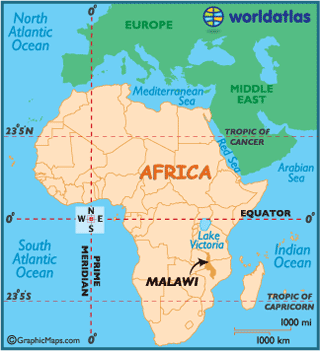Since the maternal ward was scheduled to open sooner than my arrival, the CLI team wanted to launch the surveillance project before I arrived–my advisor was hoping for as early as April. And it kind of did.
I’ve been working since last fall with the team to develop (several iterations of) the death audit form, a training manual for the village volunteers, a surveillance protocol, a database, etc.
A couple of weeks ago some 30 community surveillance volunteers came to the McGuire Wellness Center to get familiar with their roles in the project and learn about maternal and neonatal mortality. Involving the community is vital for these kind of projects: these volunteers don’t need to know all of the medical stuff, but they are our eyes and ears in the villages.
When any of the volunteers across the 60+ villages hears of a death of a baby or a woman (we give them a wide age range), they report it to CLI. From there, one of our Health Surveillance Assistants asks a few more questions to determine whether this death fits our case definition of a maternal or neonatal death. If it seems to, they head out into the field to get the details from the health care provider and family of the deceased. They complete the audit and take a narrative version of the interviewees’ testimonies.
One tricky part was figuring out how to incorporate an existing audit: the Ministry of Health’s maternal death report. It does exist, but is not shared among facilities, and is not as comprehensive as many of our CLI physicians would have liked to see. I added to the maternal version and included a neonatal section. I also added some questions and did some rewording to apply to deaths that might occur in the community. Our hope is that for the facility deaths, the MOH audit form will already be complete when our HSA arrives, and that the form can be used to cross reference answers we get from the interviewees.
Doing this kind of auditing requires some tact: No one likes to get interviewed on all the things they do wrong. It’s our job to assure the facilities and providers that we’re simply collecting information and are not placing blame or taking any kind of retributory action.
Getting everyone together for a meeting was an exciting first start, and the partners who conducted the training said it was an energetic group. Volunteers have agreed to go ahead and contact their assigned HSA when they hear of a death, but CLI is still translating of the forms I developed. I’ll also be sending over funds for airtime cards for the community volunteers. We’ll continue attracting more volunteers so each village can (more or less) have its own surveillance volunteer. The (kind of) good news is, the maternal ward has not yet opened.
My advisor is traveling to Malawi next month, and she’ll deliver my “volunteer toolkits” that provide each participant an ID badge as a CLI surveillance volunteer, the airtime cards and some other things that will help them feel Official. I hope these tokens and trainings empower and motivate them to take an active role in the project.
Moms in Malawi deserve safe deliveries too! I’m excited to be a part of it and look forward to spreading the good feelings.
I’m knee-deep in the project so am surely missing pieces and parts when talking about it. Would love to receive your questions in the comments below!



